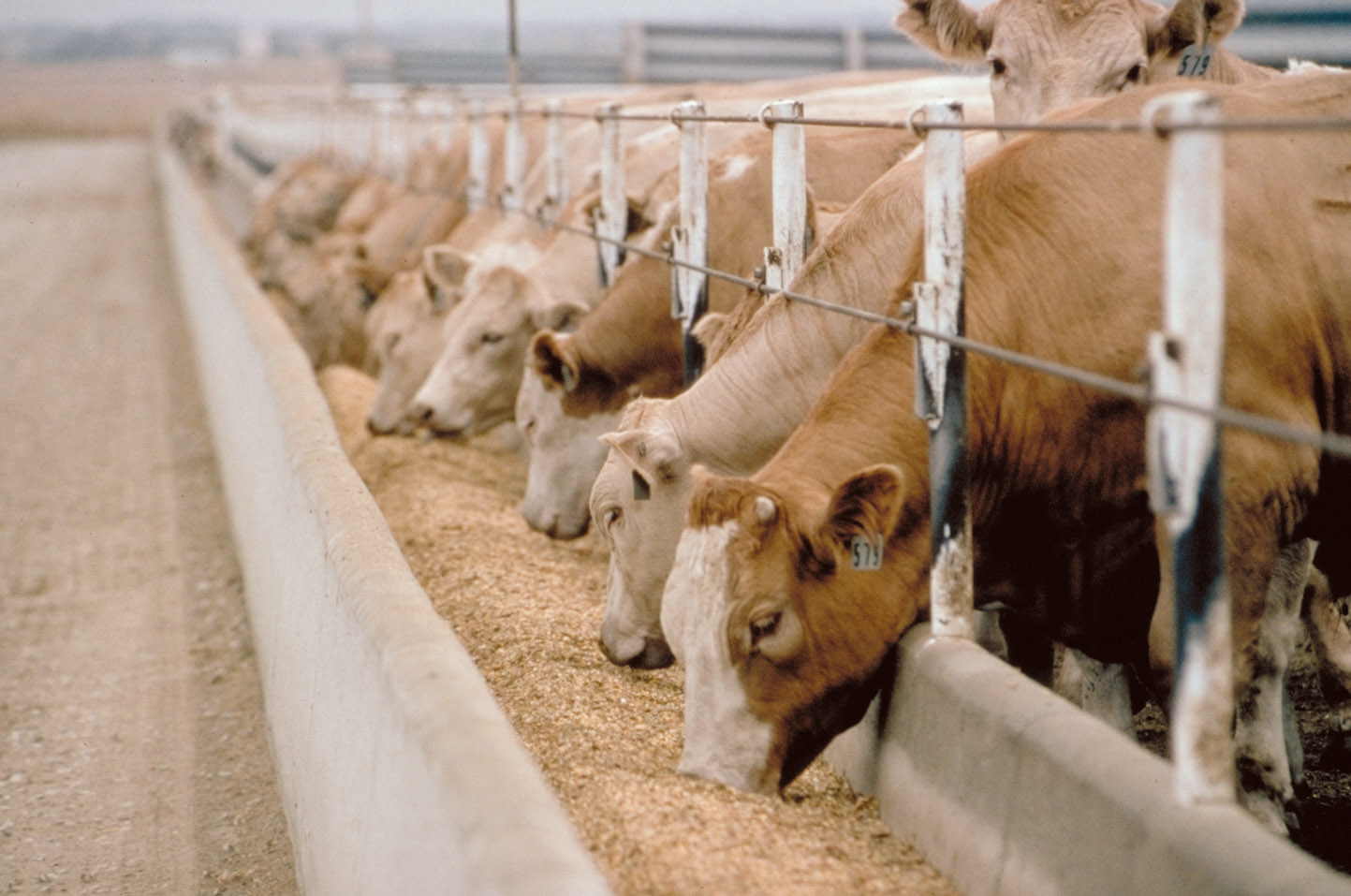
What began as a single project for a national commodity organization has now officially blossomed into four repeats of that project along with many others which have spun off that original project in 2014. When the DIS team won that original project for the United Soybean Board we were simply after how much soy-related ingredients, particularly soybean meal, were fed to the nation’s livestock (hogs, dairy cows, beef cattle, goats and sheep), poultry (turkeys, broilers and layers), aquaculture and companion animals (dogs, cats and horses).
As we worked to complete that original project, we knew it was important to start from the ground up, meaning having a good understanding of rations, often in terms of phase of life and always accounting for pricing and regional availability in competing feed ingredients. We knew having regional, reputable nutritionist input was critical (the DIS team can do a lot of things but formulating feed rations is not one of them). Now, five years in, we have developed a network of geographically-diverse and species-specific nutritionists who we regularly rely upon to give us “the latest” on feeding practices.
Another important realization going through the project for the first time was that as long as we were attempting to understand the quantity of soybean meal fed to the nation’s animals, we may as well collect data on the rest of the ingredients in the rations. Understanding this aspect of rations has allowed our team to understand how competitively placed soybean meal is in diets, which is extremely important for soybean producers to understand since the feeding of soybean meal is a large source of demand for soybeans.
A secondary benefit to collecting data on all ingredients for all species is that the appeal of the entire body of research caught the eye of several other soon-to-be clients of DIS. The American Feed Industry Association had, up until they contracted with DIS, been calculating feed consumption “back of the envelope” style and felt they didn’t have a good understanding of just how much feed was being fed, especially when taking that down to the species level. We were able to not only firm up the overall number but report down to the species level by ingredient type. Check out the results of that study here: https://www.decision-innovation.com/market-analytics/animal-food-consumption/
As we’ve improved our process, broadened our nutritionist network and gained more experience, we’re finding many more applications for this type of work as it is filling a specific, unique need in several industries. Recent examples include the renewable fuels and feed manufacturing industries. We’re excited to continue what we originally thought was a single part of a first project with a new client.

